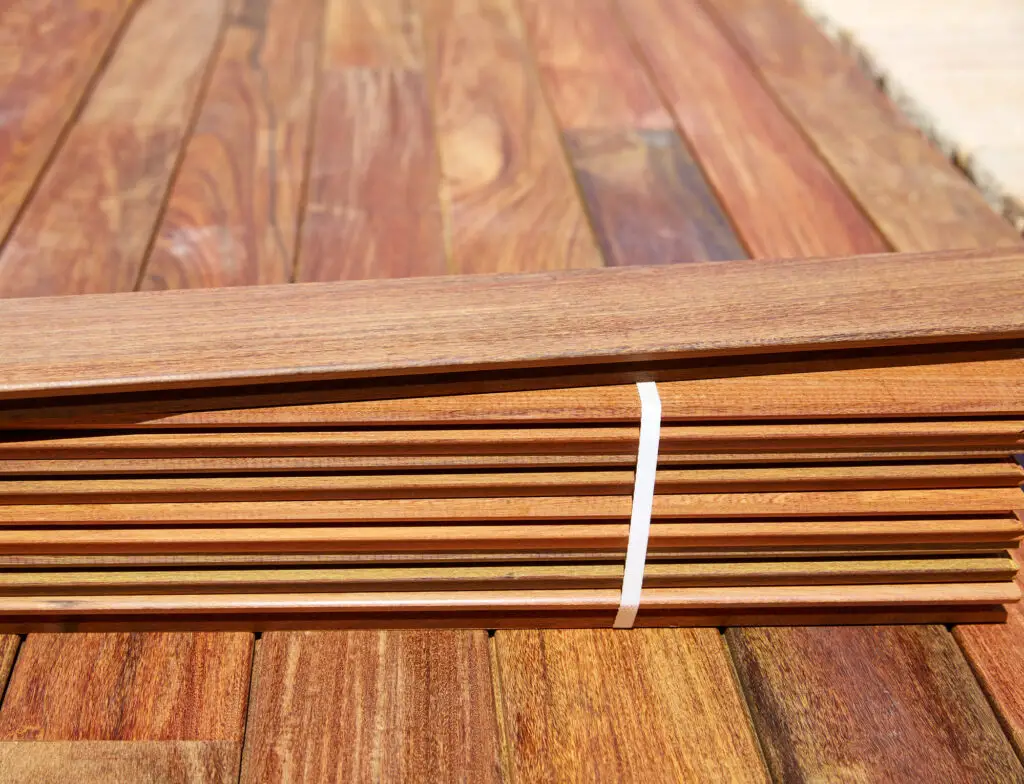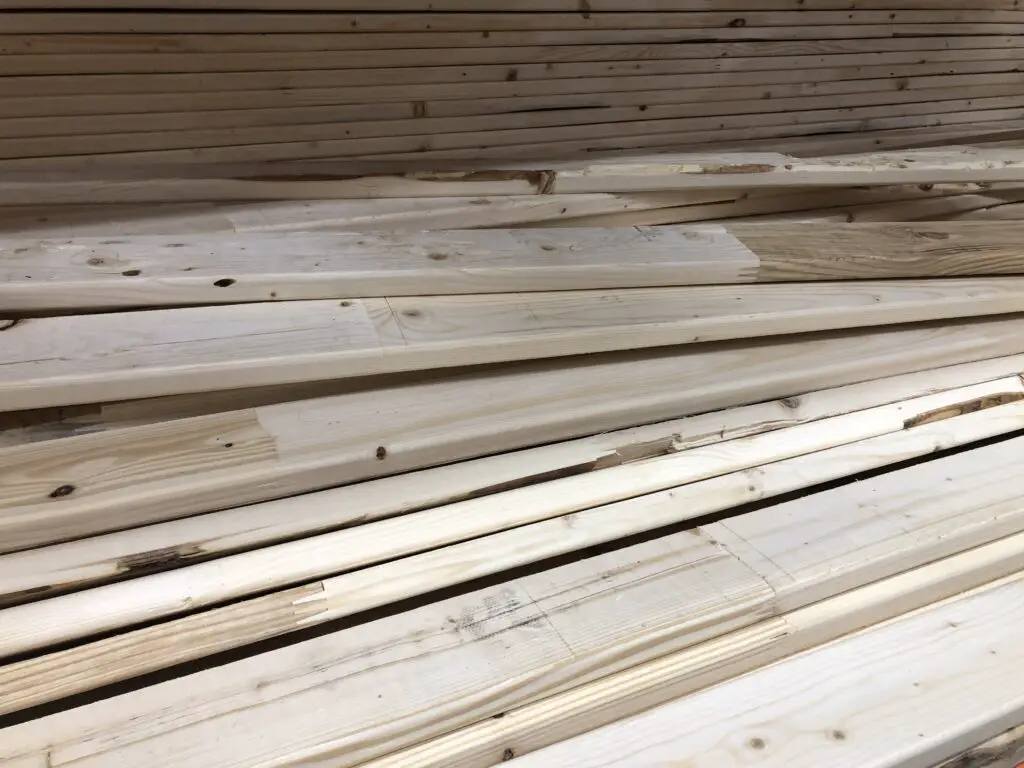Does green oak shrink? For woodworkers using green oak as material for a project, one of the factors you may have to keep in mind is just how much the wood will shrink over time. In this article, we will be going over this topic in-depth, including dealing with and possibly preventing excessive shrinking.
As for those who would like a quick answer, we have it right here: Green oak can have some of the highest shrinkage levels of timber. While green oak can shrink heavily in width, it will never shrink in length.
Factors for how much shrinkage will occur include but aren’t limited to:
What is Green Oak?
Green oak isn’t oak that is green in color, but a term used to describe oak wood that has been cut from a tree in between three and eighteen months after it has been felled. Otherwise known as freshly sawn oak, the green in the name simply refers to its freshness and not having a green color or tone.
Unlike some other words, there are also no preservatives or different treatments applied to the wood once it has been cut.
What Can Green Oak Be Used For?
While green oak can be used for various woodworking projects, it is most notably used in oak framed buildings as it is stronger and more durable than other types of oak wood.
In addition, green oak is also much easier to season, cut, and shape than its other oak counterparts.
How Much Does Green Oak Shrink?
While there is no exact way to predict how much a piece of green oak will shrink, the average amount of shrinkage is around twelve to thirteen percent of the wood. Another important note: wood will only shrink width-wise and not by length.
However, these values are bound to change depending on the moisture content of the wood and the amount of time since the wood has been cut. If it has been several months since the wood has been cut, the amount of shrinkage may be considerably less than if the wood had been cut in a week or two’s time instead.
How Does Green Oak Shrink?
In most cases, a majority of green oak shrinks down when it dries. This is due to the moisture from the green oak leaving the wood, causing its physical properties to change.
When green oak shrinks, it only shrinks in width and never in length. That means that if you have green oak-built frames, you won’t have to worry about the wood falling out of their fittings or shifting in position.
How Long Can it Take for Green Oak to Dry?
The amount of time for green oak to dry will depend on the size of the wood, the drying method, and the amount of water content within the wood. However, per one year of natural drying, you can expect the wood to dry around one inch of thickness, along with 4.5% shrinkage on the radius.
What are Different ways to Dry Green Oak?
There are several methods to help accelerate the drying process for green oak. These include but aren’t limited to:
- Unassisted Drying: The hands-off way of drying leaves the green oak alone and allows it to expel its water contents naturally. The process is rather extensive, and there is a high chance of shrinkage as well.
- Kiln Drying: This process involves stacking the wood on top of each other in a sealed container or airtight location before using a heat source to draw out the moisture from within the wood. This can be done with various heat sources, whether natural or creative, such as gas or sunlight.
- Air Drying: Similarly to kiln drying, the green oak is stacked on top of each other with thin objects between each piece to maximize exposure. A constant flow of air is needed to circulate through and around the wood to ensure consistent and stable drying. This is best done in a cool and shaded area away from any outside forces or interference.
What are Some Results of Green Oak Shrinking?
There are several results of green oak shrinking. These include but aren’t limited to:
- Drying
- Splitting
- Warping or bending
Regardless of the effects or how the wood shrinks, you can expect the final product of whatever you make to have some physical changes if you construct it using green oak. Even cut lengthwise green oak can still shrink
What is an Excellent Alternative to Using Green Oak Wood?
An excellent alternative to green oak is dried oak. While it is still oak, dried oak will not go through the warping and shrinking process that green oak goes through, ensuring a more stable development and lifespan for your project.

